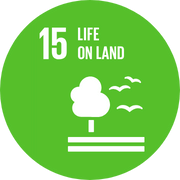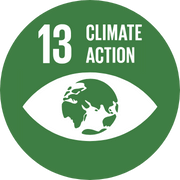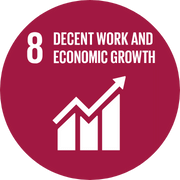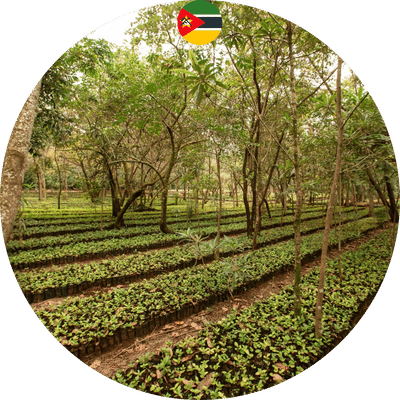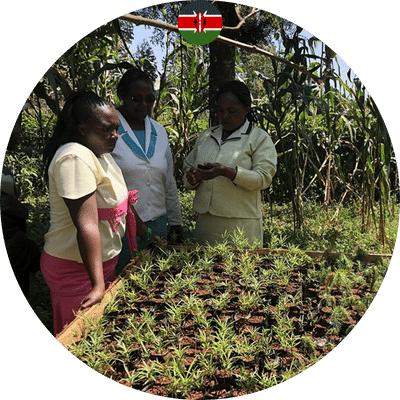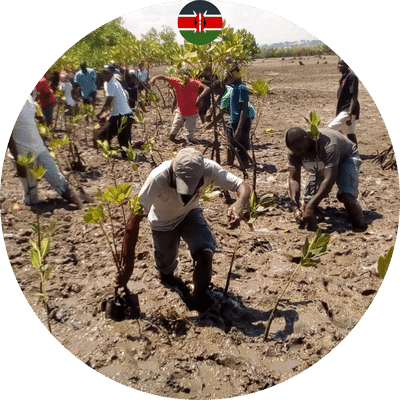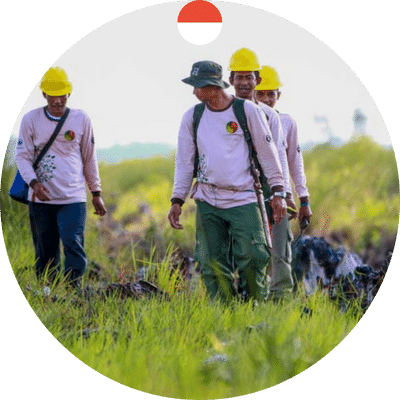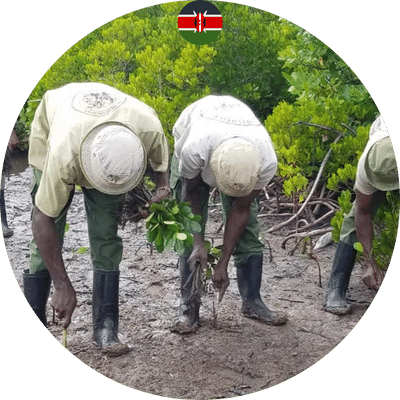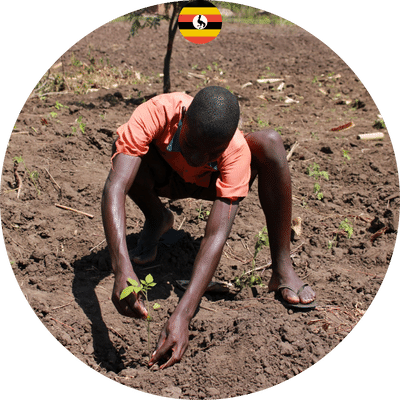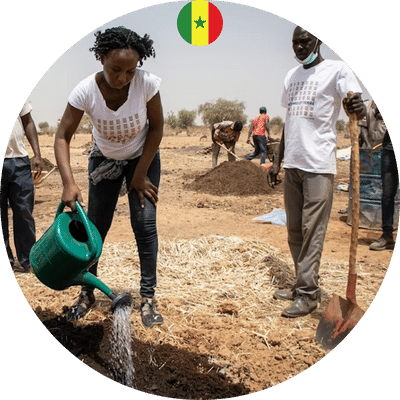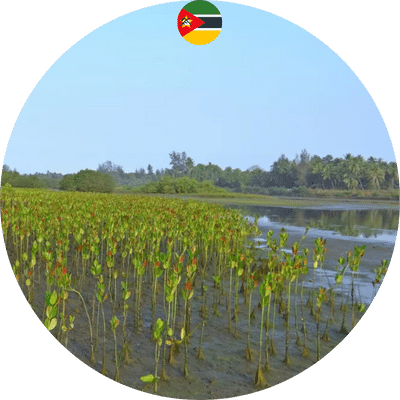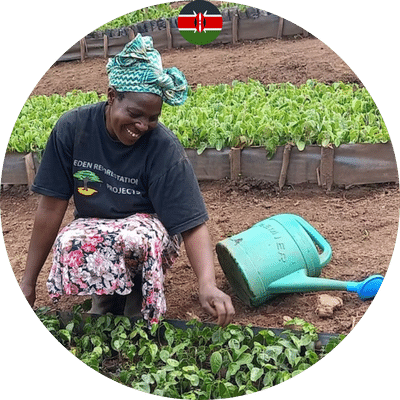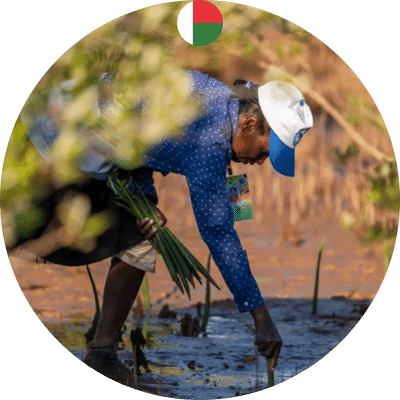Avoiding unplanned deforestation in the Amazon
Project location
Tropical rainforests, such as those in the Amazon Basin, have long been referred to as the “lungs of the Earth.” Approximately one-third of the world’s primary tropical rainforest (490 million hectares) is located in Brazil, with roughly 80% of this tropical rainforest situated within the Brazilian part of the Amazon Basin.
The Amazon rainforest is one of the most biodiverse habitats on Earth, hosting 10% of all known terrestrial species. Moreover, a new species is discovered in the Amazon, on average, every 3 days! Additionally, the Amazon is home to 1 million indigenous people, making its preservation crucial to maintaining their communities.
Unfortunately, over the last 50 years, approximately 25% of the Brazilian Amazon rainforest has been lost, largely due to deforestation for agriculture, oil and gas production, mining, logging, and infrastructure development. The rate of deforestation has increased over the past 3 years, reaching its highest level by the end of 2020 since 2008. This is deeply concerning and underscores the importance of rainforest protection projects at this time.
Planting partner
The goal of this Brazilian Amazon REDD project is to prevent emissions from planned deforestation on a property in Para State, in the eastern Amazon region of Brazil. The estate comprises five forest areas: Rio Capim, Poty, Cauaxi, Sumal, and Caculé, with a total area of over 200,000 hectares. This project will preserve 27,434.9 hectares of native forest on the property, which had previously been designated for deforestation to clear land for cattle ranching.
Instead of being deforested, this rainforest area will be conserved. Limited forest management activities will be carried out in the area under Forest Stewardship Council® certification. It is estimated that this project will avoid the emission of more than 9.4 million tons of carbon dioxide over a 10-year period.
Furthermore, through this project, the landowners have committed to improving their practices for sustainable social development and biodiversity enhancement. The latter is a requirement for FSC certification. This includes ensuring and enhancing the long-term socioeconomic conditions of workers and local communities, reducing the environmental impact of logging activities, and preserving the ecological functions and integrity of the forest.
The Project
Mangroves are small tree species found along coastlines in the tropics and subtropics worldwide. They are particularly adept at absorbing carbon and storing it in their extensive underground root systems. Carbon stored in mangrove forests is considered blue carbon because it is stored along the coast. In addition to their excellent carbon sequestration capabilities, mangroves provide outstanding protection against coastal flooding and storms.
Our efforts to restore mangroves in Madagascar support planting locations along the coastal land in the northwest of the island, near Mahajanga. Although the combined restoration area is larger, to date, we have financed the planting of mangroves covering an area of approximately 600 hectares of this affected coastal region.
The Kuwi.og community has been supporting the planting of mangroves in this part of Madagascar since 2020, and we estimate that our community will fund the planting of 500,000 mangrove trees over the entire project duration.
Verification
This project has been verified by the Verified Carbon Standard. You can view it in the Verra registry here.

Coastal Wetland Protection
Forests are powerful carbon storage sites in their biomass and soil. Protection prevents emissions from deforestation, safeguards stored carbon, and enables ongoing carbon sequestration.
For every hectare of protected forest, the threat of deforestation and degradation is eliminated. By protecting an additional 335-466 million hectares of forests, this solution can prevent a total of 5.5 to 8.8 gigatons of CO₂ emissions by 2050.
Perhaps even more crucially, this solution could potentially bring the total protected forest area to nearly 0.98-1.1 billion hectares, resulting in an estimated protected stock of 179-203 gigatons of carbon; roughly equivalent to over 655-743 gigatons of carbon dioxide if released into the atmosphere.
The benefits of forest conservation include biodiversity protection, forest products, erosion control, pollination, ecotourism, and other ecosystem services.
Photos 📷











